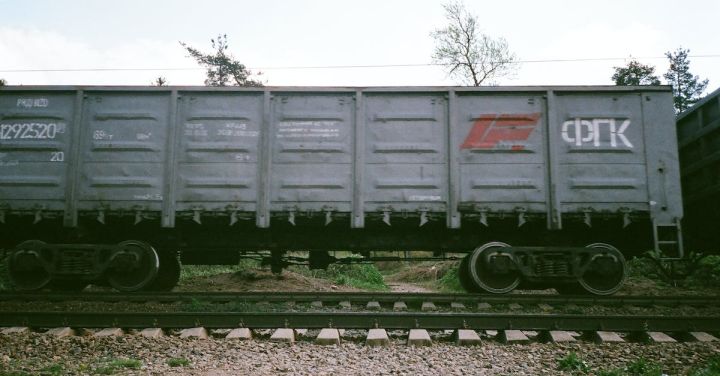The Transcontinental Railroad was a monumental feat of engineering and a symbol of progress in the 19th century United States. It connected the East and West coasts of the country, revolutionizing transportation and communication. This article explores the key players, challenges, and impact of this remarkable achievement.
The idea of a transcontinental railroad had been discussed for years, but it wasn’t until the mid-1800s that serious efforts to make it a reality began. The project required significant financial backing and coordination between various stakeholders. Prominent figures like Theodore Judah, Leland Stanford, and Collis Huntington played crucial roles in securing funding and rallying support.
One of the major challenges faced during the construction of the railroad was the immense scale of the project. The route had to traverse diverse terrains, including mountains, deserts, and rivers. Workers had to overcome natural obstacles such as the Sierra Nevada and Rocky Mountains, often resorting to dynamite to clear a path. The construction crews faced harsh weather conditions and dangerous working conditions, but their determination and perseverance pushed the project forward.
The construction of the Transcontinental Railroad was also marked by the involvement of immigrant labor. Thousands of Chinese immigrants, along with Irish and other European immigrants, were recruited to work on the project. They provided essential manpower and skills, often working under arduous conditions for low wages. Their contribution to the construction of the railroad cannot be overstated.
The completion of the Transcontinental Railroad in 1869 had a profound impact on the United States. It drastically reduced travel time and opened up new opportunities for trade and commerce. The railroad allowed for the rapid movement of goods and people, leading to the growth of industries and towns along its route. It also brought about a sense of unity and interconnectedness among the different regions of the country.
The Transcontinental Railroad revolutionized communication as well. Prior to its completion, sending messages across the country took weeks or even months. With the railroad, the Pony Express was replaced by the telegraph, enabling near-instantaneous communication. This transformed the way information was disseminated and connected people across vast distances.
The railroad also had a significant social impact. It facilitated westward expansion and played a crucial role in the settlement of the American West. It brought people from different backgrounds and cultures together, contributing to the diverse fabric of the nation. The railroad also played a role in the displacement of Native American communities, as it allowed for increased encroachment on their lands.
In conclusion, the Transcontinental Railroad was an ambitious and groundbreaking project that shaped the modern era of the United States. It overcame immense challenges and connected the country like never before. The railroad revolutionized transportation, communication, and society, leaving a lasting impact on American history. It stands as a testament to human ingenuity and the power of collaboration. The Transcontinental Railroad will forever be remembered as a symbol of progress and the indomitable spirit of the American people.
